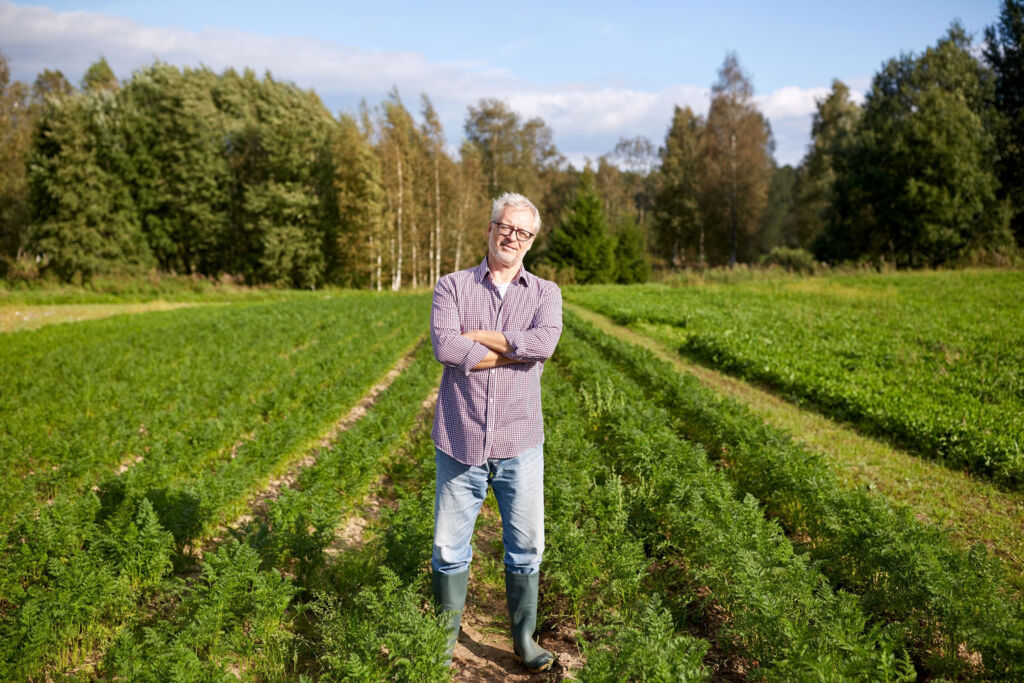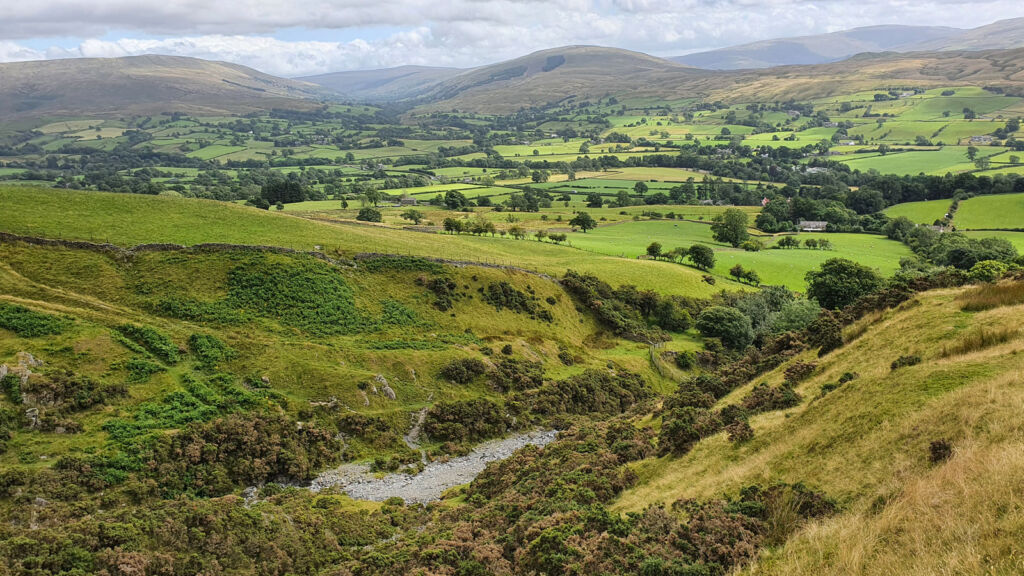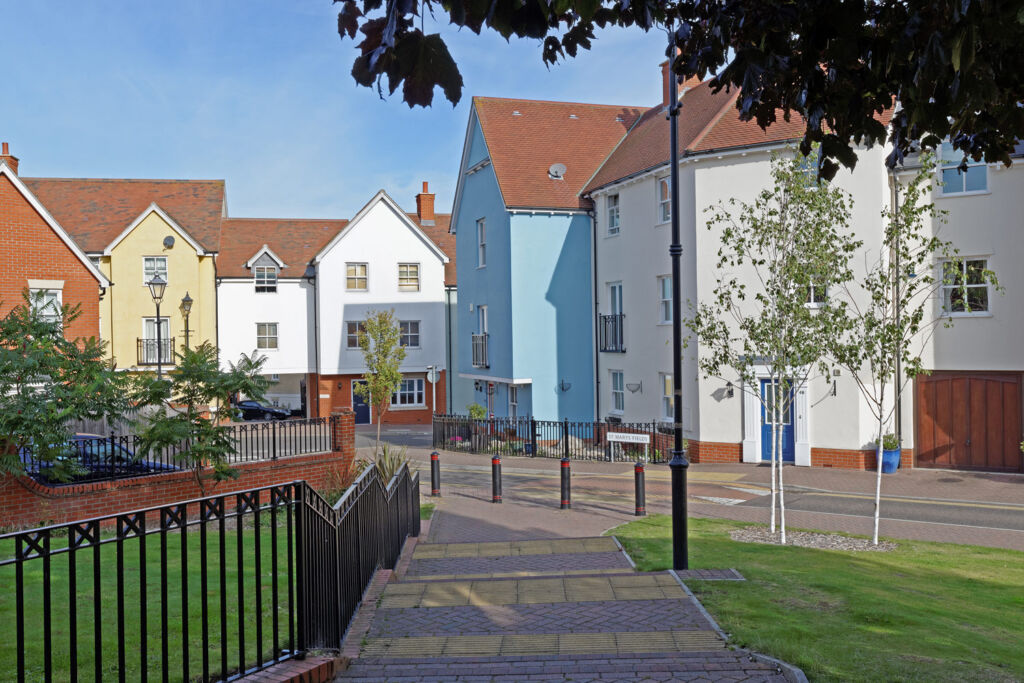
The UK government is currently embroiled in trying to find ways and places to build new homes to address what has been dubbed a ‘Housing Crisis’. However, the desire to own a property is impacting the country’s world-famous greenbelt and its biodiversity. A property finance company has crunched the numbers and discovered that there’s actually enough brownfield land to appease all the box tickers.
In the UK, and contrary to popular belief, people do not have the right to own their own homes. However, many would tend to disagree with this, contributing to a housing crisis in the UK. Added to this, the National Housing Association, in an article published in September 2020, estimated there are 3.8m people wanting social housing, half a million more households than the published figure.
Quite simply, there are too many people wanting and not enough property to meet the demand. For those unable to buy a home, the most obvious solution is to rent, which could work out significantly cheaper over a lifetime than buying. But, as the UK is one of the world’s foremost capitalist societies, it’s understandable that its people want something they can own and profit from in time.

Expansion of urban areas, increased construction and the decline in Biodiversity
Very recently, it was revealed that the UK is among the worst-rated countries in the world when it comes to maintaining its biodiversity, with almost half of it disappearing since the industrial revolution; far from a badge of honour for the hosts of COP26 2021.
In 2022, the UN biodiversity summit will be taking place in Kunming, China, to agree on global biodiversity targets. However, according to Newscientist.com and much to the chagrin of scientists and researchers, the current UK Government will be stopping the publication of data relating to the state of the country’s wildlife and habitats in 2022 and not revealing their findings until 2023.
The lack of current data at the conference is highly disappointing, as the UK’s people’s need to clearly see what the impact of the increased urban expansion is having on the country’s biodiversity.
 Photograph of the Yorkshire Dales in Northern England taken by Natasha Godbold in 2021.
Photograph of the Yorkshire Dales in Northern England taken by Natasha Godbold in 2021.
Fortunately, current research shows there are some areas of the UK where biodiversity remains comparatively intact: Wales, Scotland, and Northern England. Unsurprisingly, the South East of England fares less well. Two of the main reasons behind the shocking decline in the UK’s biodiversity are farming method changes and the increased expansion of urban areas. The urban spread is the key aspect in this article, with the UK people’s appetite for owning property contributing to the loss of land, which is the home of much of the UK’s biodiversity.
An alternative way forward
Rather than constant building, I do believe there are other things that can be done to ease the housing crisis facing the UK. For starters, all greenbelt land should be ‘ring-fenced with no-build zones, and every alternative should always take precedence if construction is vital to an area. The most obvious place to build new homes is on brownfield land, and legislation should be agreed upon for governments and local councils to compulsory purchase this type of land at a lower than the market price. Monetary cost caps should also be introduced for legal representation on both sides when arguing cases, with extra legislation put in place to stop developers and their legal teams from arguing against a restriction of trade.
In addition to this, councils should be given the first right to buy any greenbelt land put up for sale, again at lower than the market price. Council’s who agree to purchase the land will then be able to restore existing habitats and create new ones, alongside creating forests to help their local environment. If a council declines the opportunity, it can then go onto the open market. Also, rather than giving the green light to build on non-brownfield sites, local councils should be purchasing existing, empty and run-down properties in their districts, repurposing them for social housing. In my opinion, this would be a far more cost-effective way to reduce the pressure from those who need social housing.
Finally, property that has become available through probate with no beneficiaries should be offered to local councils to purchase in the first instance. Extra government funding should be made available to help do this and what I’ve highlighted previously. I am quite sure that the majority of the British public would view this as a better alternative to the systems the country currently has in place.
The UK Government’s opening Brownfield move
In what has been long overdue in coming, the UK’s Chancellor of the Exchequer, Rishi Sunak, announced that the government would finally be utilising Britain’s brownfield to help address what has been dubbed a housing crisis. He announced that £1.8bn would be invested to create new affordable homes on 1500 hectares of brownfield land. This move should take some of the pressure off the country’s beleaguered councils who’ve been forced to kowtow to aggressive property developers and legal teams.

However, although the move by the UK government is a positive first step, new research by Sirius Property Finance has revealed just how insignificant this investment is, based on the actual level of brownfield land available.
The Ministry of Housing, Communities and Local Government estimates that there is some 36,700 hectares of brownfield land across England alone, over 51 million square metres.

The average home requires a plot equating to approximately 275 square metres, which means that the total amount of brownfield land would be sufficient to create more than 1.3m new homes, more than eight times the volume promised by the government.
The South East is home to the largest brownfield housebuilder potential, followed by the East of England and the North West and West Midlands. Although the North East is home to the lowest level of brownfield land, it still has enough brownfield land to deliver some 78,181 new homes.
Sirius Property Finance also looked at the market value of these new homes based on current new-build house prices in each region.

Across England as a whole, the 1.3 million potential homes that could be built on brownfield land would total a staggering £487 billion worth of property. With robust new-build values as well as an abundance of brownfield, the South East and East of England again rank top, with the current market value of potential brownfield homes sitting at £92.5 billion and £78.5 billion, respectively.
While London sits mid-table in respect of the potential number of brownfield homes that could be built, the high price of a property in the capital means it ranks third in terms of the potential total value. Based on current new-build market values, London’s brownfield could potentially deliver £69.3 billion worth of new homes to the market.
Managing Director of Sirius Property Finance, Nicholas Christofi, said, “There have long been calls to utilise brownfield land in order to address the current housing crisis, and so many will have warmly welcomed the government’s decision to finally do so. However, it’s fair to say that the development of 1,500 hectares is really just the tip of the iceberg when viewed against the wider context of just how much brownfield land there is.
Redeveloping brownfield land requires additional time, resources and budget, and so it might not be the primary focus for many housebuilders. But it does present a wealth of potential, and not only could it help significantly boost housing stock levels, but the value of this stock in current market conditions would be substantial.”
Read more property news and features here.
![]()




You must be logged in to post a comment.